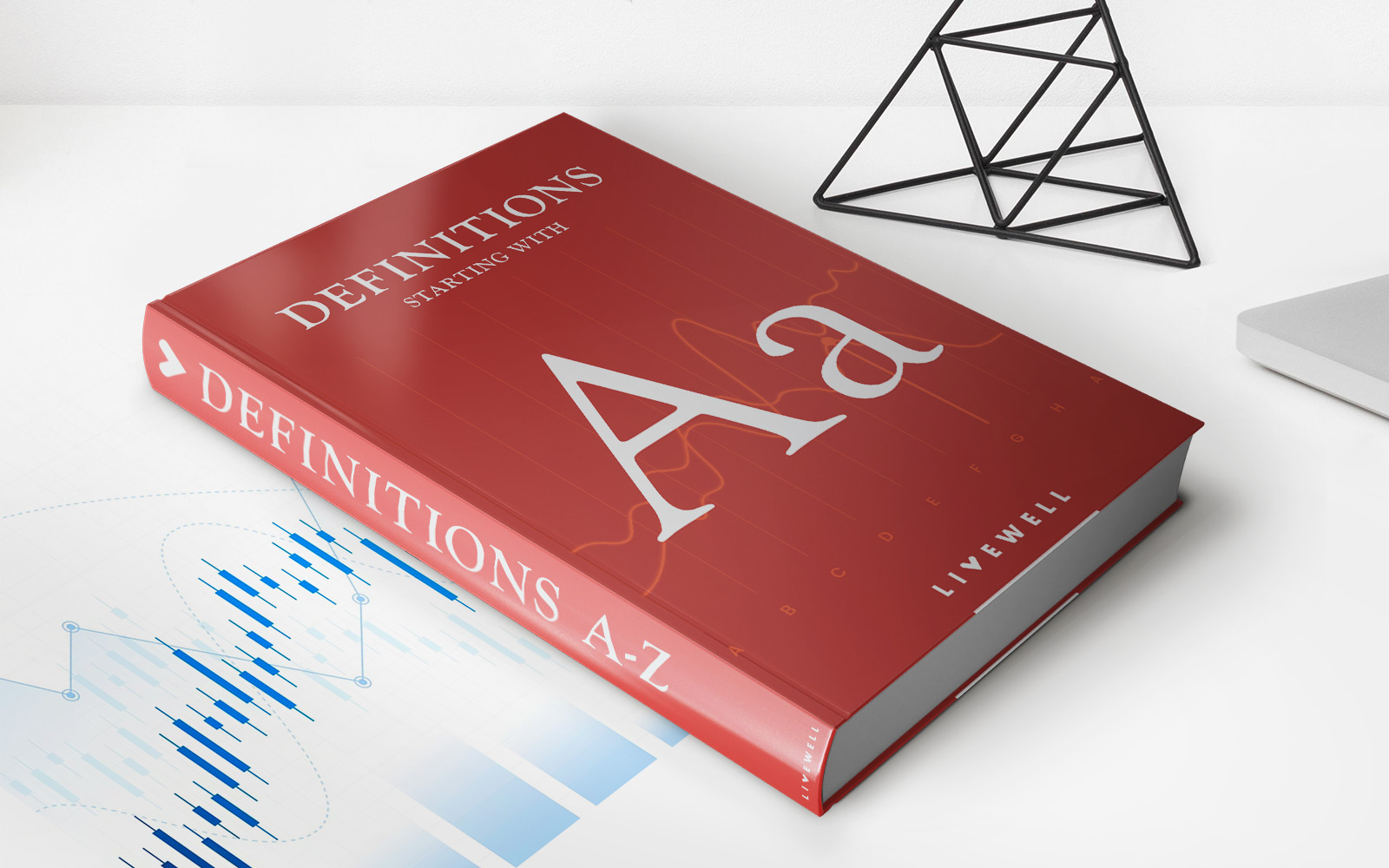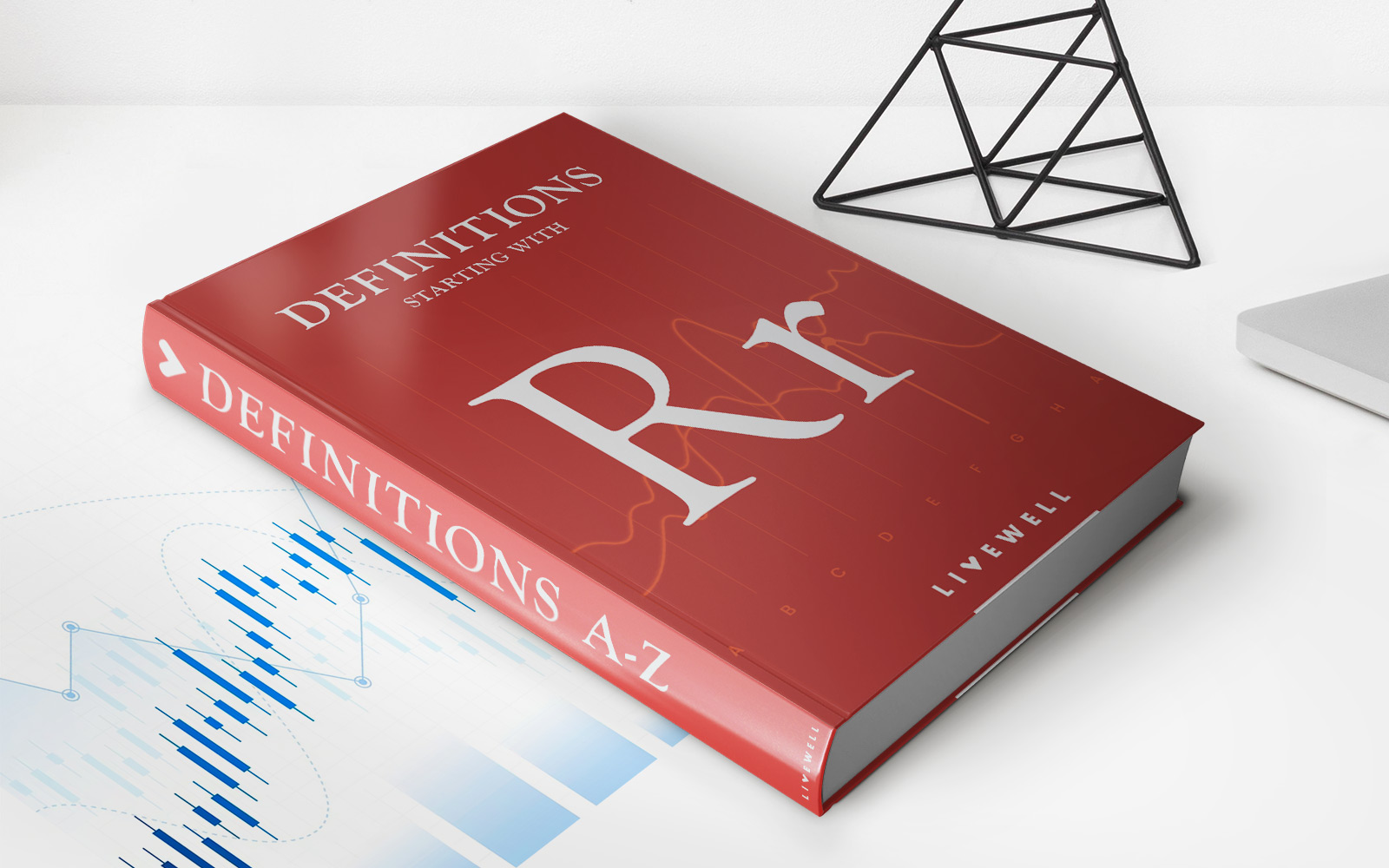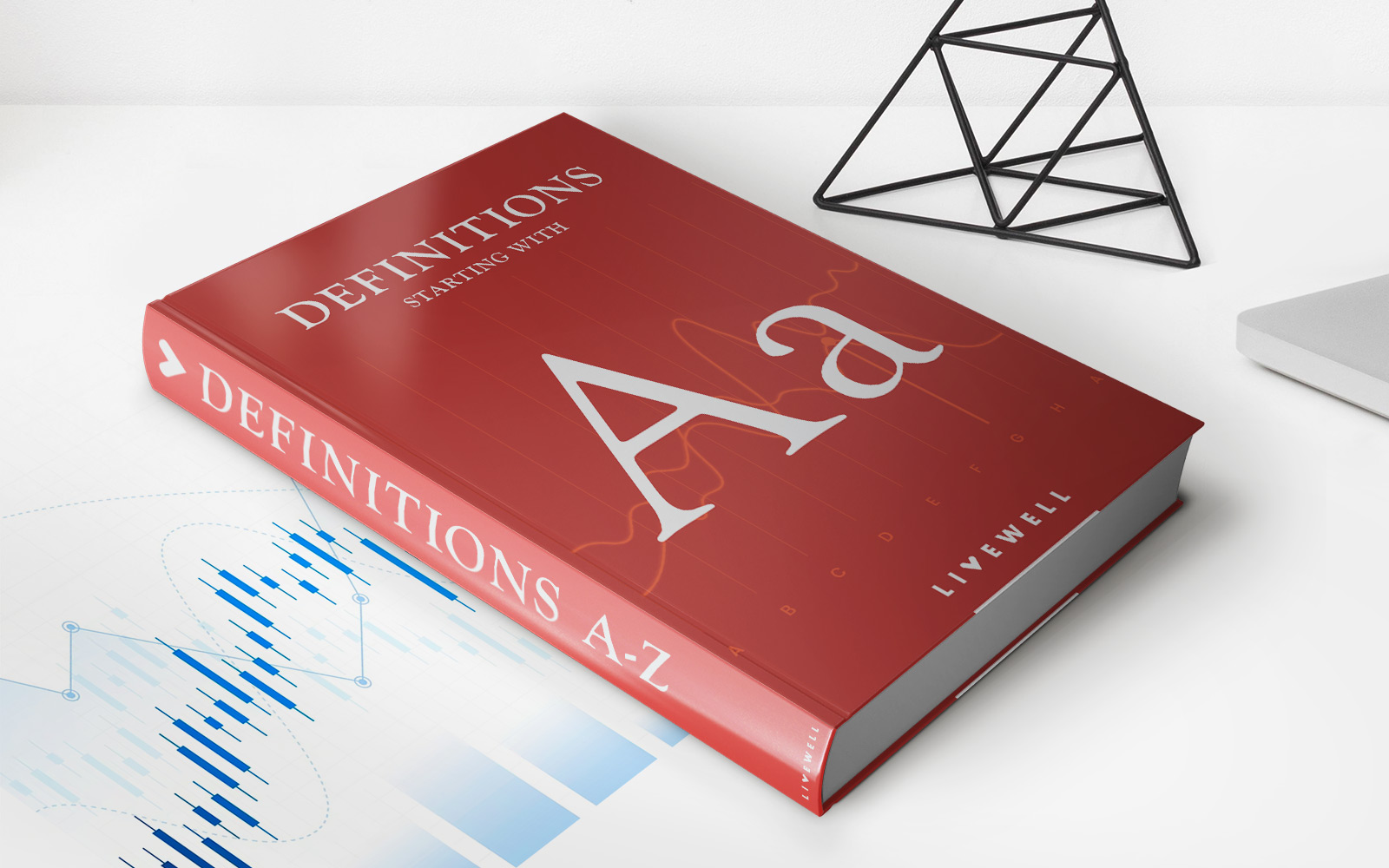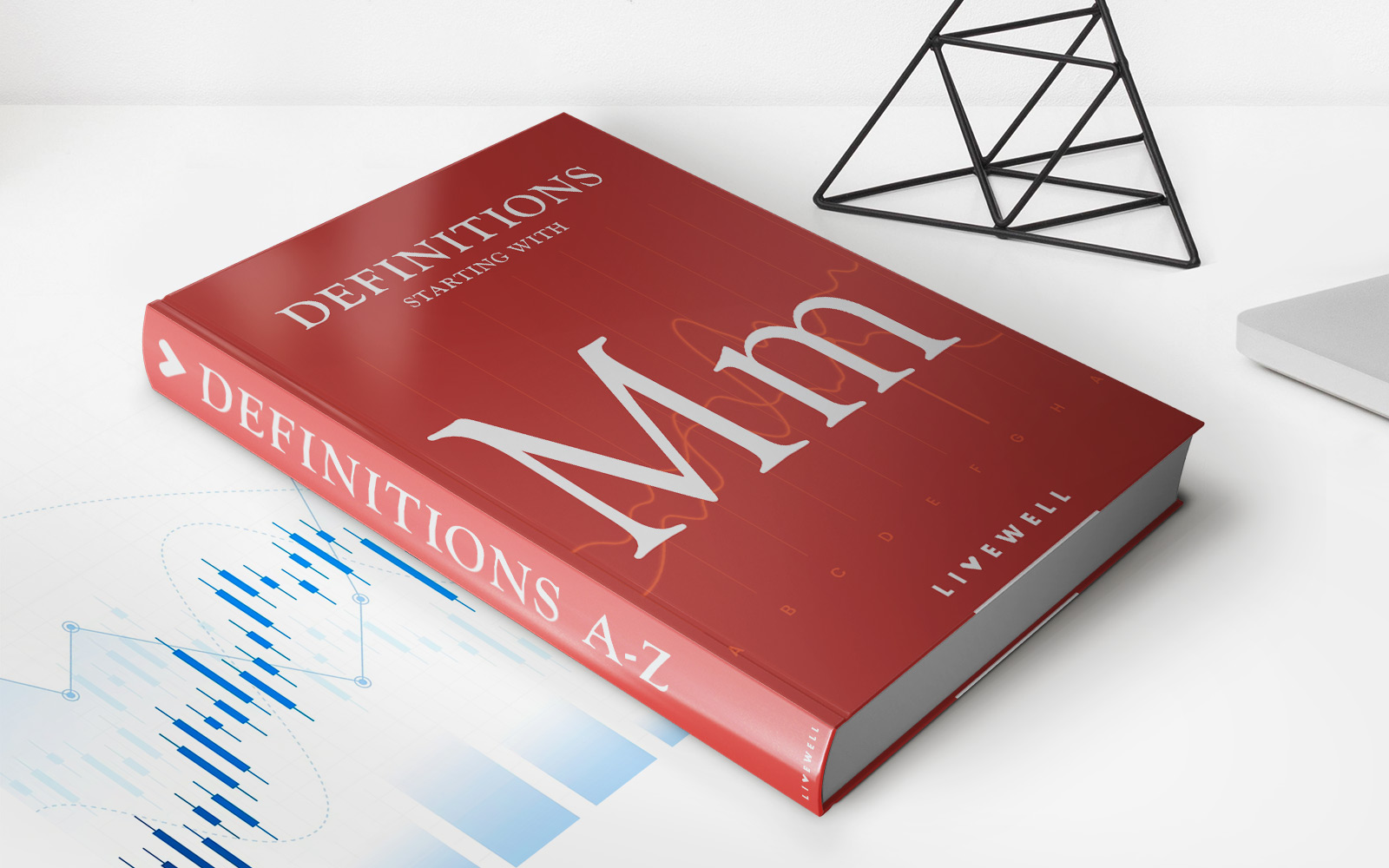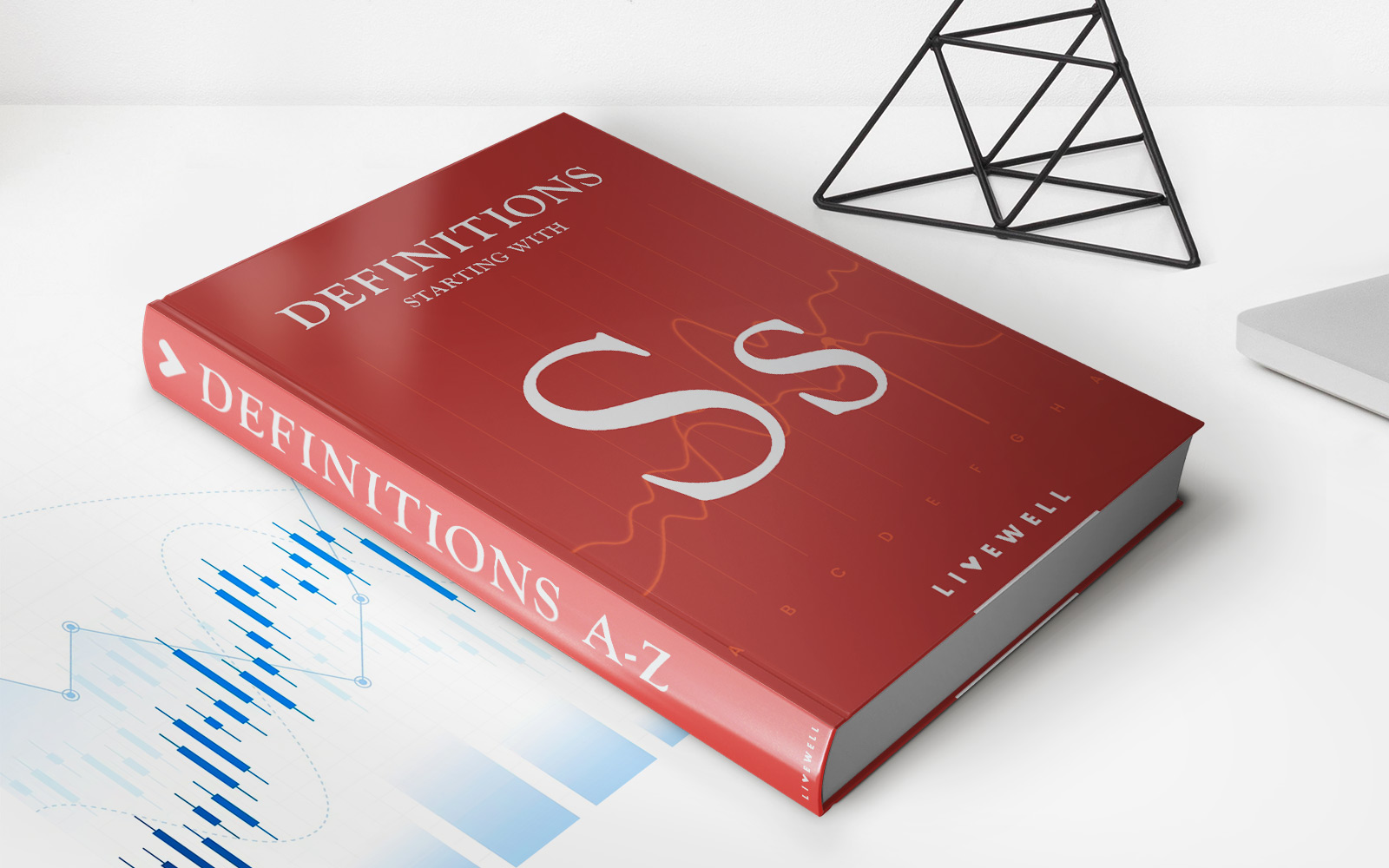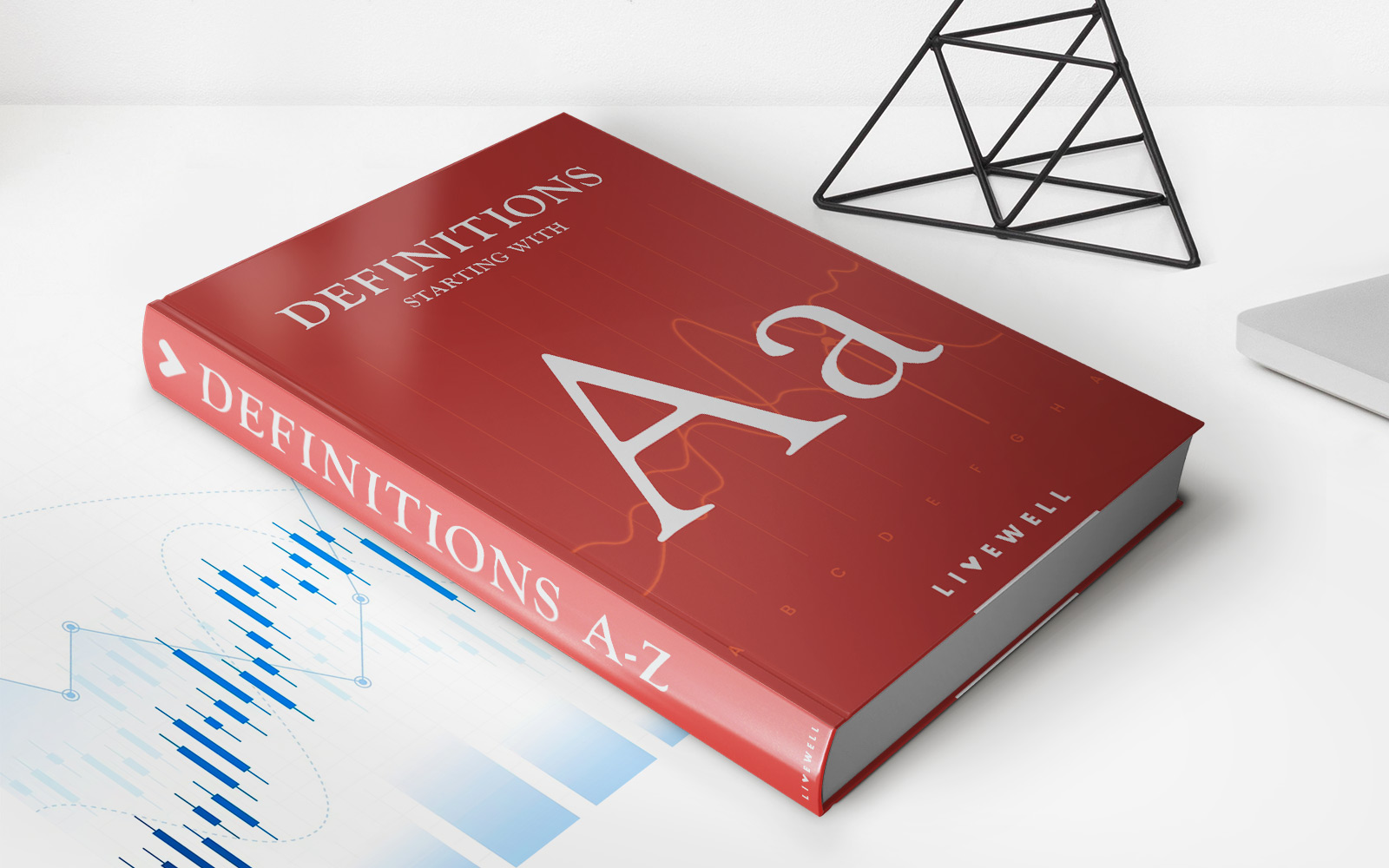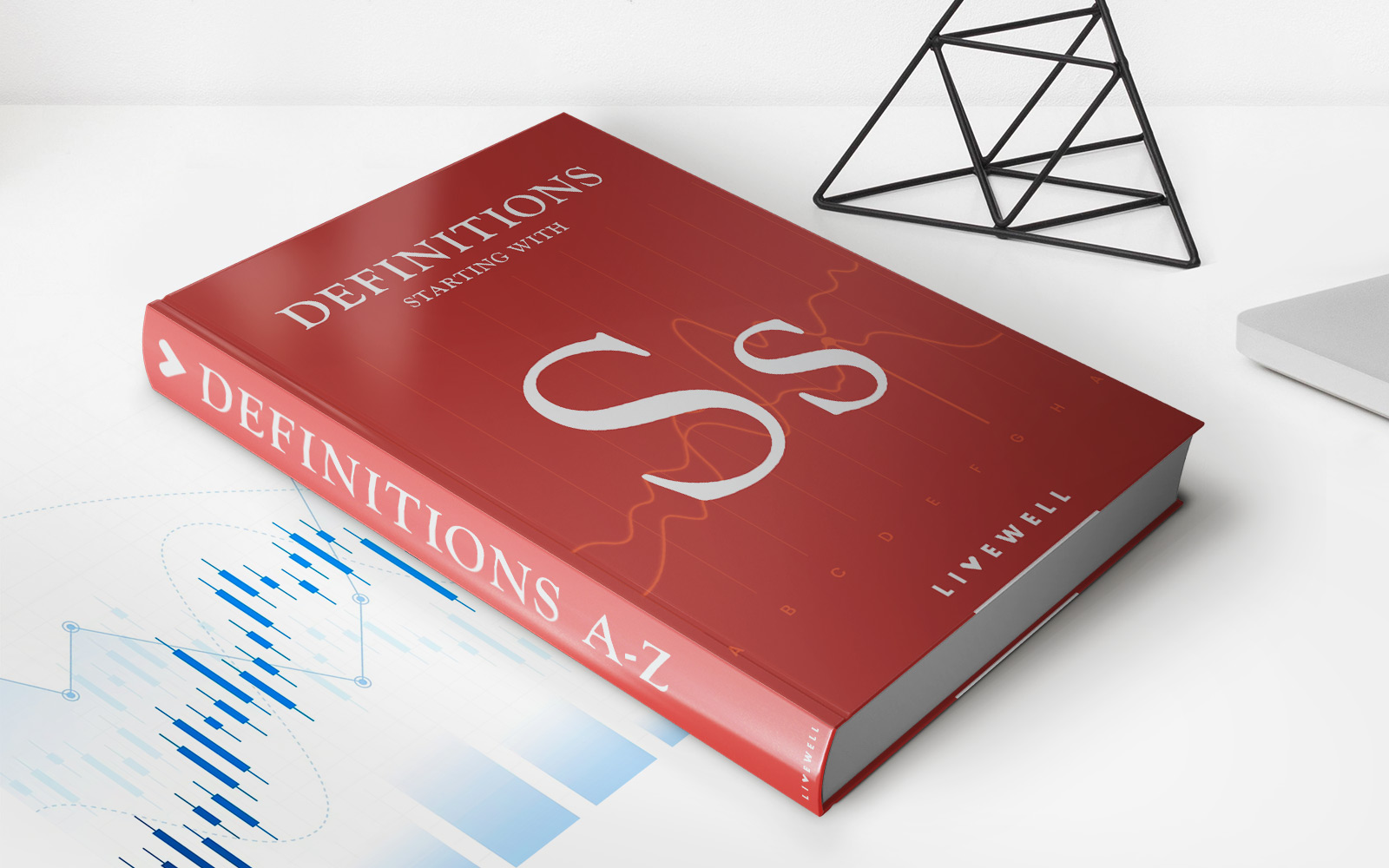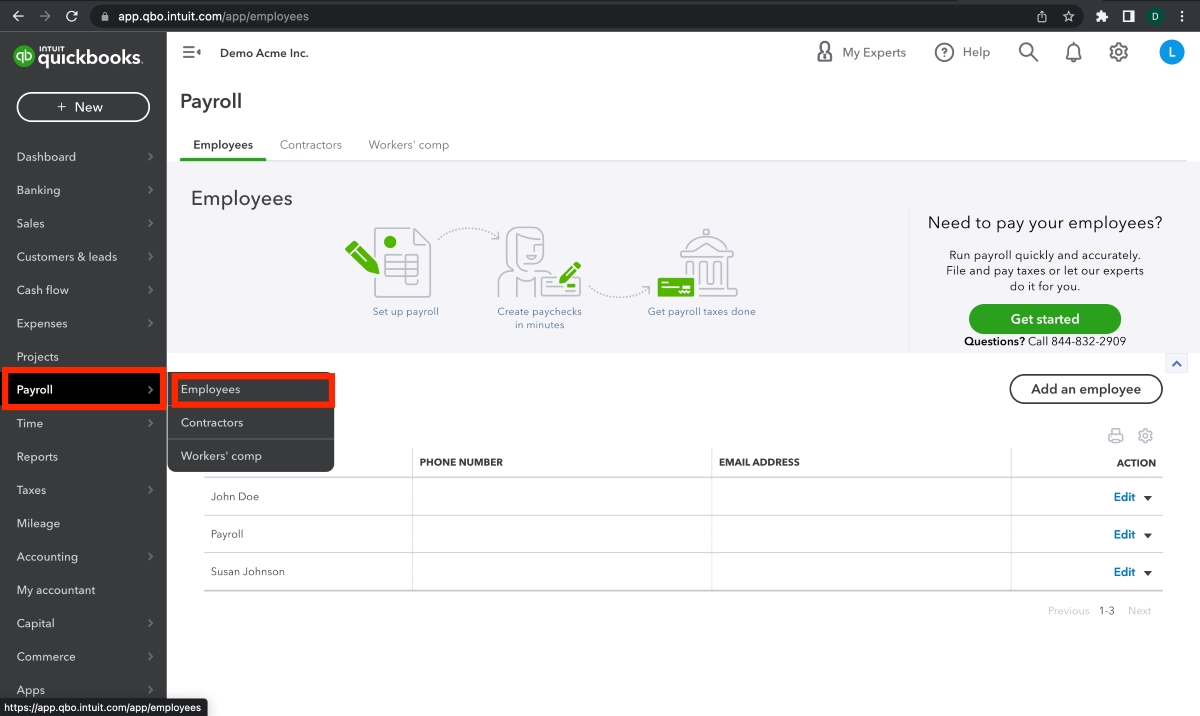Home>Finance>Automatic Stabilizer: Definition, How It Works, Examples
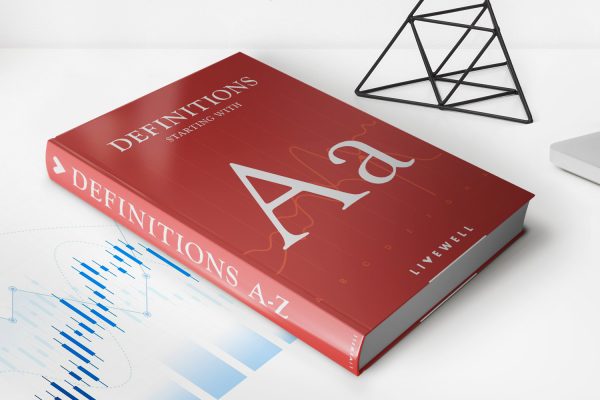
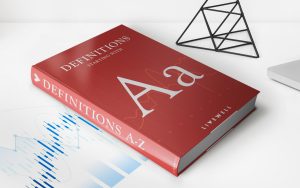
Finance
Automatic Stabilizer: Definition, How It Works, Examples
Published: October 11, 2023
Discover the concept, functioning, and real-life examples of automatic stabilizers in finance. Learn how they help stabilize economies and mitigate economic fluctuations.
(Many of the links in this article redirect to a specific reviewed product. Your purchase of these products through affiliate links helps to generate commission for LiveWell, at no extra cost. Learn more)
Automatic Stabilizer: Definition, How It Works, Examples
Have you ever wondered how governments manage economic fluctuations and ensure stable economic growth? One of the key tools used to accomplish this is the automatic stabilizer. In this blog post, we will explore the definition, mechanism, and examples of automatic stabilizers, shedding light on the role they play in maintaining a robust economy.
Key Takeaways:
- Automatic stabilizers are economic policies or measures that are built into the economic system to help stabilize fluctuations and maintain a steady growth rate.
- They are designed to activate or deactivate automatically in response to specific economic conditions, requiring little to no intervention from policymakers.
Definition of Automatic Stabilizer:
An automatic stabilizer can be defined as a set of economic policies or measures that are embedded within a country’s economic system and act as self-regulating mechanisms. These stabilizers are triggered automatically in response to changes in the overall economic conditions, helping to stabilize fluctuations and maintain economic equilibrium.
Unlike discretionary fiscal policies that require a deliberate action from policymakers, automatic stabilizers activate or deactivate automatically without the need for explicit intervention. They are typically built into the tax and expenditure systems of a country and help dampen the impact of economic shocks.
How Automatic Stabilizers Work:
Automatic stabilizers work on the principle that during periods of economic downturn, when income decreases, individuals and businesses find themselves in a lower tax bracket. This leads to lower tax revenues for the government and an increase in government expenditure on social welfare programs.
Similarly, during periods of economic expansion, when income rises, individuals and businesses move into higher tax brackets, resulting in increased tax revenues and reduced government expenditure on social welfare programs. This automatic adjustment helps to cushion the economic impact of recessions and inflationary periods, reducing the severity of economic fluctuations.
Examples of Automatic Stabilizers:
Automatic stabilizers can take various forms depending on the country’s economic system and policies. Here are a few examples:
- Progressive Taxation: Progressive tax systems, where the tax rate increases as income rises, are an example of an automatic stabilizer. During an economic expansion, individuals and businesses earn more income, pushing them into higher tax brackets and increasing tax revenues. This helps stabilize the economy by reducing inflationary pressures.
- Unemployment Benefits: Unemployment benefit programs provide financial assistance to individuals who have lost their jobs. During periods of economic recession, where job losses are higher, the number of people eligible for unemployment benefits increases. This, in turn, helps support those who are unemployed and stimulates aggregate demand, mitigating the impact of the recession.
- Welfare Programs: Social welfare programs, such as food stamps or housing assistance, automatically expand during economic downturns to provide more support to those in need. This injection of funds stimulates consumer spending and helps stabilize the economy.
Conclusion:
The automatic stabilizer is a powerful tool that governments utilize to maintain economic stability and minimize the impact of economic fluctuations. By adjusting tax rates and government expenditure in response to changing economic conditions, these stabilizers help promote sustainable growth and protect individuals and businesses during challenging times.
Understanding the functioning of automatic stabilizers is crucial, not only for policymakers but also for the general public. Implementing effective automatic stabilizers ensures a more resilient and stable economy, making it beneficial for all. So, the next time you hear about the automatic stabilizer, you’ll have a better understanding of its role in supporting economic growth and stability.
